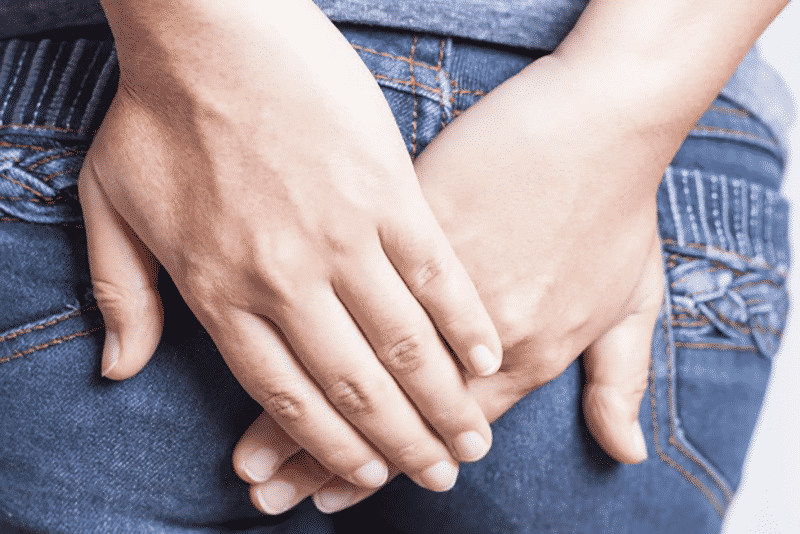Each year, thousands of people are diagnosed with a pilonidal cyst. This infectious pathology, still unknown, is completely benign but particularly disabling. It does indeed lead to a long and painful convalescence which can very often be avoided … How does pilonidal cyst manifest itself? What are its treatment methods?
Also read: Natural treatments for popliteal cyst
The pilonidal cyst, what’s this ?
The pilonidal cyst is a subcutaneous cavity filled with pus and sebum, which is found at the level of the intergluteal fold, near the coccyx. This infectious focus, which is also called a sacrococcygeal cyst, is not dangerous for our body but can sometimes cause inflammatory reactions.
Symptoms of pilonidal cyst
The location of the pilonidal cyst is very restrictive, as it prevents patients from sitting comfortably. Indeed, at each sitting, the cyst is stressed, which tends to inflame it.
Individuals with a pilonidal cyst therefore experience localized pain in the intergluteal fold. They are often characterized by stinging, itching or tightness. Their intensity is however different depending on the progress of the pathology: an infected pilonidal cyst will often be very painful, while a small cystic nodule may be painless.
Other symptoms experienced by patients are as follows:
- An abnormal hard lump that is palpable at the level of the gluteal groove, or at the lower back. This symptom is one of the most common in people with a pilonidal cyst.
- Discharge of pus and / or blood. This commonly occurs when the cyst is infected, or when it is located near the surface of the skin. In contrast, some pilonidal sinuses are located deeper in the epidermis and do not ooze.
- The presence of small skin openings around the coccyx. These are called pilonidal dimples and are actually communication channels between the contents of the pilonidal cyst and the outside.
See all symptoms of pilonidal cyst
Causes of pilonidal cyst
The origin of the pilonidal cyst is very unclear. Some mainstream doctors claim that bad hair growth is responsible for the disease, while others claim that it is embryonic residue.
Science, meanwhile, has failed to determine the exact causes of pilonidal cyst. However, she highlighted certain factors that could promote the formation of a cyst in the coccyx.
Hairiness seems to lead to a predisposition, in the same way as the practice of friction sports and prolonged sitting. In other words, anything that puts stress on the top of the buttocks is likely to cause a pilonidal cyst.
How to treat pilonidal cyst?
For many years, the ablation operation was the only way to cure a pilonidal cyst. This surgical act consists of extracting the flesh contaminated by the infectious network, then letting the wound heal by itself, without suturing.
Today, it is still the same method that is advocated by general practitioners to eliminate the pilonidal cyst. However, it is also the most painful to endure for patients who are forced to disrupt their daily life for many months.
Indeed, it takes at least six weeks, or even more, to be completely cured of this disease. In addition, nursing care is quite painful and this treatment technique does not exclude a possible recurrence.
Alternative treatments for pilonidal cyst
Aware of this problem, some healthcare professionals have decided to innovate to offer less restrictive treatment solutions to patients with a pilonidal cyst.
In this case, laser therapy can destroy the pilonidal cyst quickly, without compromising the lifestyle of the patients. However, laser surgery has its limits: it has a high recurrence rate.
In addition, recently, aromatherapy has lent its virtues to the treatment of pilonidal cyst. Certain natural products such as green clay and essential oils would be particularly effective in reducing or even eliminating the infectious source thanks to their antibacterial and restorative properties.
See non-operation treatment methods
This is a revolution for patients with a pilonidal cyst since it is now possible to get rid of this infectious skin focus without being forced into several months of suffering!
Read also: Synovial cyst: natural treatments




